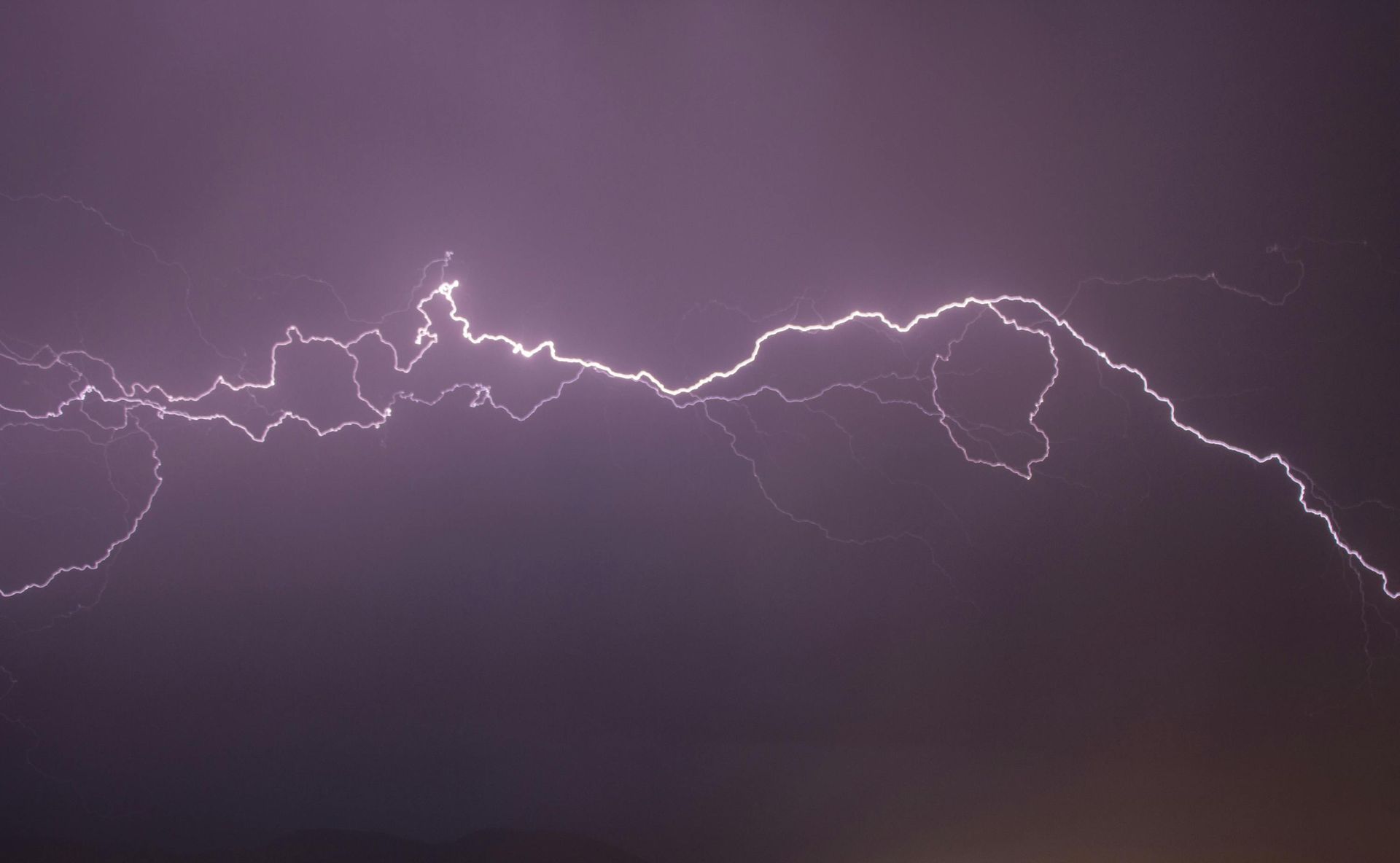Van Wert County Solar Panels: Federal Tax Credits Explained
Van Wert County Solar Panels: Federal Tax Credits Explained
Van Wert County homeowners have a limited window to maximize their solar savings with federal tax incentives. The 30% federal solar tax credit is available for residential solar installations, but recent legislative changes mean this opportunity expires much sooner than originally planned.
Critical Timeline: Tax Credit Expires December 31, 2025
The most important thing Van Wert County homeowners need to know is that the federal solar tax credit will completely expire on December 31, 2025 . This represents a significant change from previous timelines - your solar system must be fully installed and operational by this deadline to qualify for the 30% credit.
Unlike commercial solar projects, there is no "safe harbor" provision for residential installations. This means starting construction is not sufficient - your complete solar system must be installed and functioning before January 1, 2026.
How the 30% Federal Solar Tax Credit Works
The federal solar tax credit, officially known as the Residential Clean Energy Credit, provides a dollar-for-dollar reduction in your federal tax liability equal to 30% of your total solar system cost. For Van Wert County homeowners, this can mean savings of thousands of dollars.
What's Included in the Credit:
- Solar panels and mounting equipment
- Inverters and electrical components
- Battery storage systems (when installed with solar)
- Installation labor costs
- Permitting fees
Example Savings for Van Wert County Homes
Consider a typical Van Wert County home installing a $20,000 solar system. With the 30% federal tax credit, homeowners would receive a $6,000 credit against their federal taxes. Combined with reduced electricity bills, this creates substantial immediate and long-term savings.
Claiming Your Solar Tax Credit
To claim the federal solar tax credit in Van Wert County:
1. Ensure System Ownership: You must own your solar system to qualify. Leased systems are not eligible for the homeowner tax credit.
2. Installation Timeline: Your system must be installed and operational by December 31, 2025.
3. File Form 5695: Complete IRS Form 5695 (Residential Energy Credits) with your tax return for the year your system was installed.
4. Carry Forward Unused Credits: If your tax liability is less than your credit amount, you can carry forward the unused portion to future tax years.
Ohio State Incentives for Van Wert County
While Ohio doesn't currently offer statewide solar rebates, Van Wert County homeowners benefit from:
- Net metering through local utilities
- Property tax exemptions for solar equipment value
- Sales tax exemptions on solar equipment
Why Act Now in Van Wert County
With the federal tax credit expiring at the end of 2025, Van Wert County homeowners face increasing urgency to move forward with solar installations. Factors to consider:
Installation Scheduling: Solar installers are experiencing increased demand as the deadline approaches. Securing your installation date early ensures you can complete your project before the incentive expires.
Immediate Savings: Installing solar in 2025 allows you to start reducing your electricity bills immediately while maximizing available incentives.
Long-term Value: Even without the tax credit, solar continues to provide decades of energy savings and increased home value for Van Wert County properties.
Local Installation Considerations
Van Wert County's climate and local regulations create specific opportunities for solar success:
Solar Resources: Van Wert County receives sufficient sunlight for effective solar generation, with optimal panel orientation toward the south.
Utility Connection: Local utilities provide net metering, allowing you to sell excess solar production back to the grid at retail rates.
Permitting: Van Wert County has established permitting processes that professional installers navigate efficiently.
Take Action Before December 31, 2025
Van Wert County homeowners interested in solar should begin the process immediately. A typical solar installation timeline includes:
- Initial consultation and site assessment: 1-2 weeks
- System design and permitting: 2-4 weeks
- Installation and inspection: 1-2 weeks
- Utility interconnection: 2-4 weeks
Starting your solar journey now ensures adequate time to complete installation and qualify for the full 30% federal tax credit before it expires.
Contact local solar professionals to evaluate your Van Wert County property and secure your place in the installation schedule while maximum incentives remain available.


